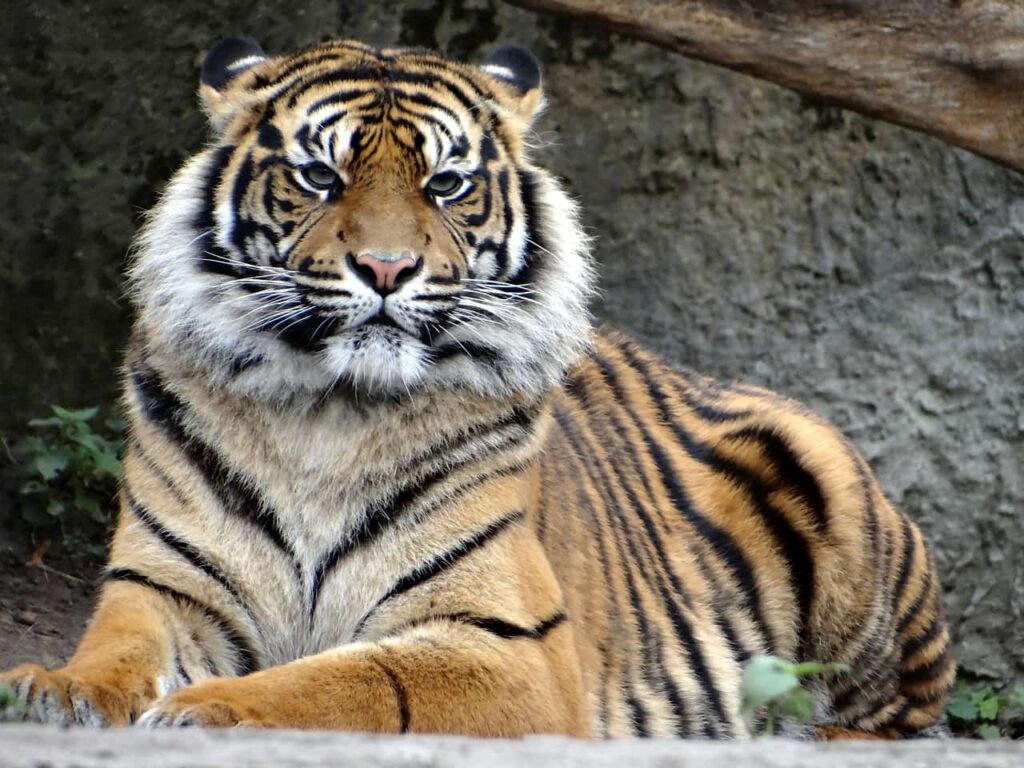Tiger’s Life Span and Factors That Affect It
Tigers, beautiful and strong apex predators, have always captivated the human mind. These beautiful monsters, with their brilliant patterns and awe-inspiring presence, are a monument to the natural world’s glories. One of the most fascinating features of a tiger’s life is its lifetime and the different factors that impact it. In this post, we’ll look at the precise aspects of a tiger’s lifespan and the factors that influence it.
Average Lifespan of Tiger
Tigers, which belong to the Panthera genus, often live 10 to 15 years in the wild. Tigers can live up to 20-25 years in captivity, protected from many natural hazards. Understanding these fundamental facts lays the groundwork for delving into the subtleties of a tiger’s life expectancy.

In Wild Tigers Live up to 10-15 Years
Genetics and Tiger’s Lifespan
A tiger’s lifespan is heavily influenced by genetics. Tigers, like humans, inherit genetic material from their parents that influences their longevity. Some genetic characteristics may make a tiger more resistant to diseases, resulting in a longer life span, but others may predispose them to specific health conditions, potentially limiting their longevity.
Environmental Factors
The habitat in which a tiger lives has a considerable impact on its lifetime. Prey availability, water supply, and proper habitat all play important roles. Tigers that thrive in well-preserved, vast, and biologically diversified habitats tend to have longer lives due to abundant food and a low risk of human interference.
Human Activities
Unfortunately, human activities endanger the tiger population. Tiger habitats have been dramatically diminished due to deforestation, poaching, and human conflict. This not only restricts their access to food and resources but also exposes them to various risks, resulting in a significant reduction in their average lifespan.

Tigers in Captivity Live Longer
Disease
Tigers, like all living things, are subject to disease. They may contract different ailments in the wild, some of which are fatal. Furthermore, factors such as inbreeding and a lack of genetic variety can make tigers more susceptible to health problems, reducing their overall longevity.
Conservation Efforts and Their Impact
Conservation efforts have played a pivotal role in shaping the lives of tigers. Initiatives focusing on habitat preservation, anti-poaching measures, and wildlife awareness have contributed significantly to increasing tiger lifespans. As these efforts continue, there is hope for the tiger population to thrive and live longer lives.
To summarize, a tiger’s lifespan is a complicated interplay of genetics, environment, human activities, and health issues. Understanding these aspects not only expands our understanding of these amazing creatures but also stresses the significance of conservation. We can secure a safer and healthier future for tigers by tackling their issues.



